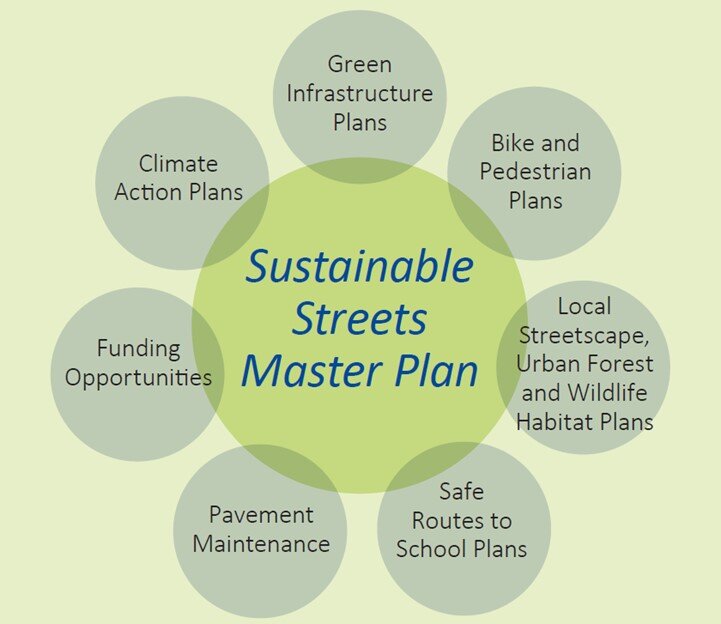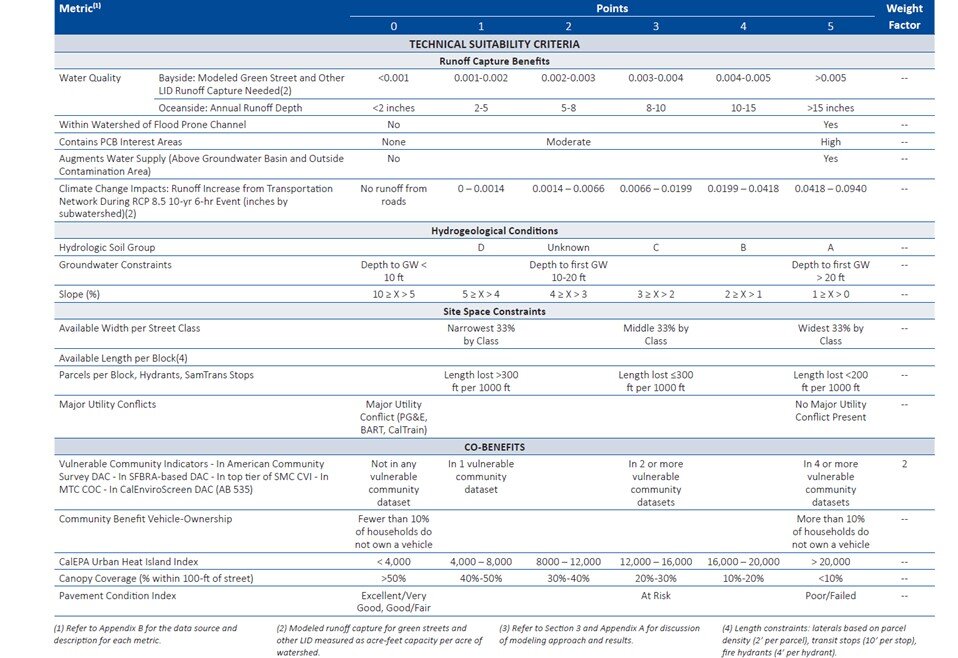Lotus is excited to be one of three winning teams selected for the 2020 Greater Milwaukee Green Infrastructure Overpass Challenge! The contest, funded by the Tellier Foundation and administered by the Milwaukee Metropolitan Sewerage District (MMSD), is focused on reducing and treating polluted stormwater runoff, the biggest remaining threat to rivers and lakes across the US. Teams were challenged to identify new, innovative approaches to maximize the capture and treatment of runoff from interstate overpasses, while attaining other triple bottom line benefits such as activating otherwise neglected spaces.
Many cities are transforming transit underpasses—such as I-94 in Milwaukee—into public parks, replacing vacant lots, overgrown weeds, and dark passageways with art installations, pedestrian thoroughfares, and community amenities. (image: Google Earth)
Gathering Place by the Water
Water is of vital importance to Milwaukee, which sits at the confluence of 3 rivers and Lake Michigan. The city’s name fittingly means “gathering place by the water”, derived in part from Potawatomi (“manwaking”) and Ojibwe (“omaniwakiing”). Drawing inspiration from this rich heritage and identity, Lotus teamed with incommon to develop two prototype concepts that, in addition to achieving stormwater management objectives, would improve safety, enhance connectivity, and create gathering spaces for the community. Both designs would reconfigure the existing drainage pipe system from the freeway, connecting it to a new treatment system below, consisting of water treatment elements with the flexibility to be implemented individually or as a hybrid combination based on specific site conditions and needs.
Sculpture Park
The Sculpture Park concept manages water with a distributive approach, using modular components that are flexible in their implementation. The existing freeway drainage system would be routed down to a baffle box element that settles out sediment and other contaminants. Baffle boxes would be housed in sculptures designed in collaboration with local artists, inviting visitors to explore and interact with the park features, while also providing educational information about local flora and fauna.
Waterways Parklet
The Waterways Parklet concept is a more centralized treatment system well-suited for space-constrained sites, with vegetated wattle waterways that spiral down and around overpass columns, providing initial filtration as runoff is captured and conveyed below. The Waterways Parklet would provide air quality benefits, while introducing vertical wildlife habitat and vegetation to the site.
renderings by incommon
Both designs finish the water treatment process with a constructed wetland and bioretention elements that provide wildlife habitat, public interaction touch points, and community greening.
Tune in Wednesday, February 24, 2021 at 10a PST to learn more about the Green Infrastructure Overpass winning designs.







